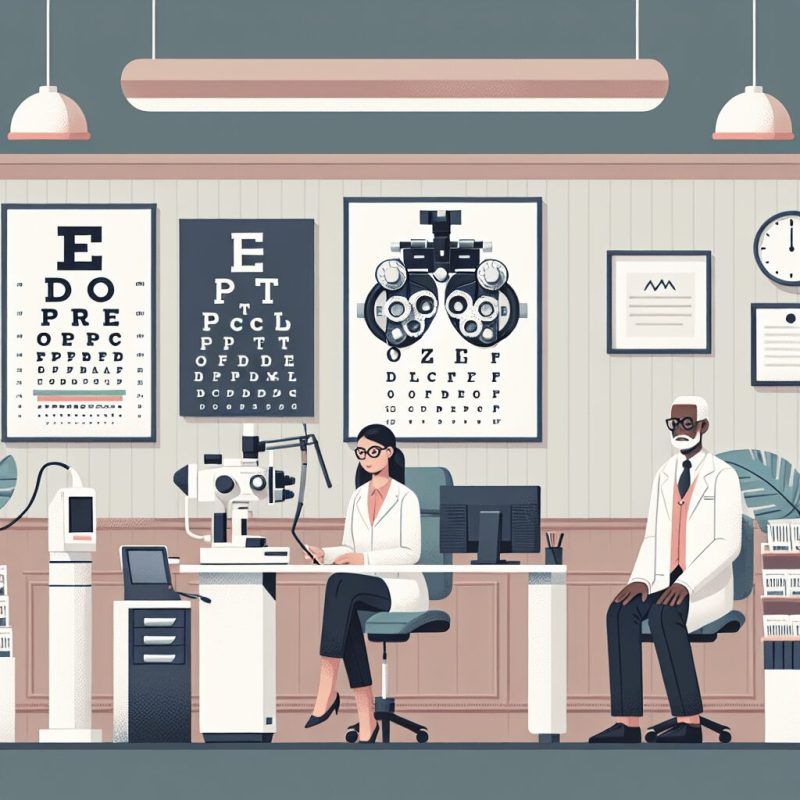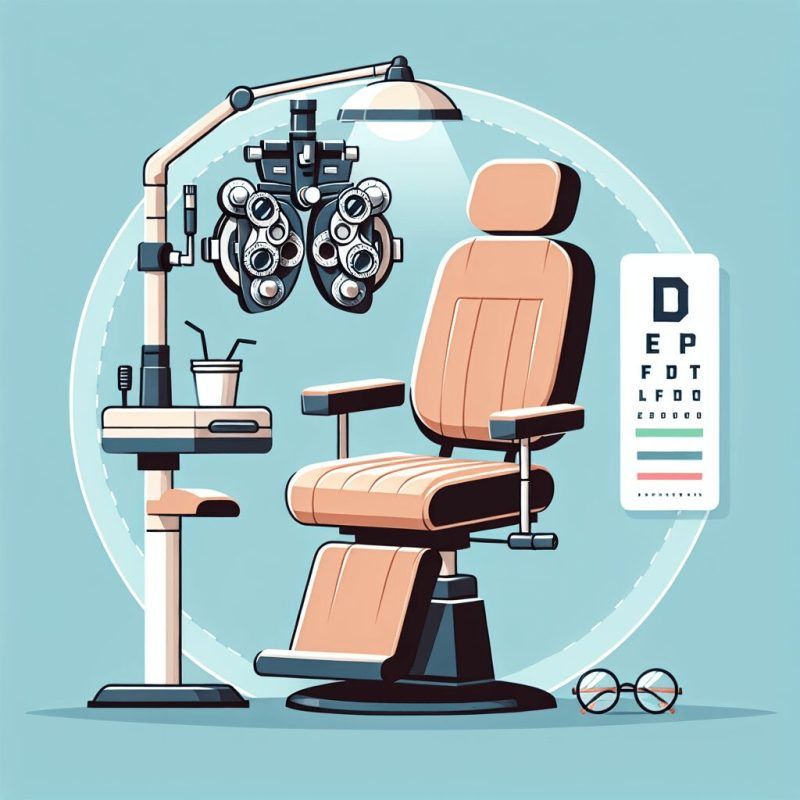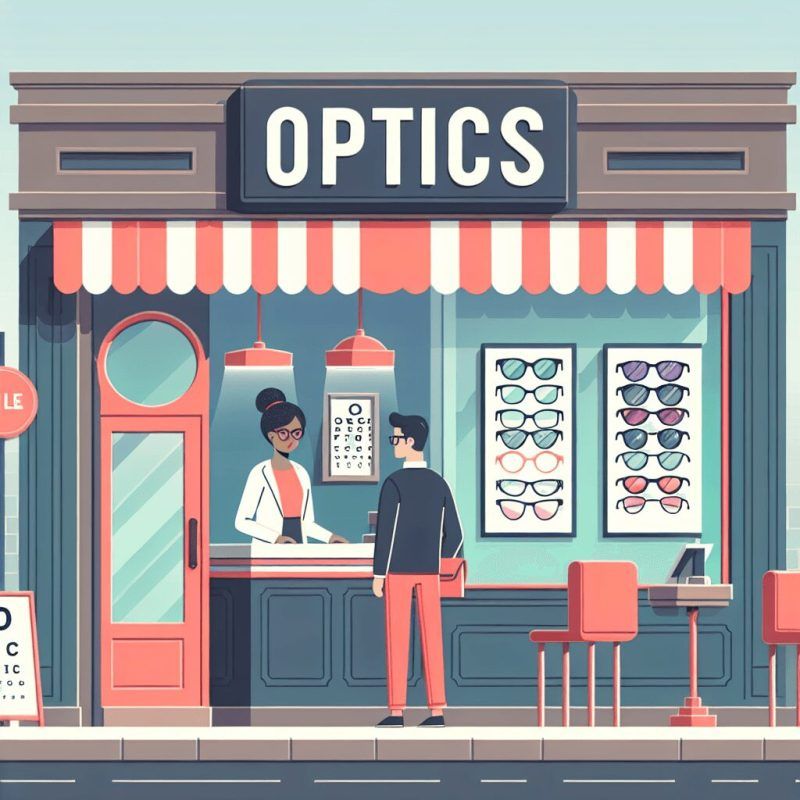1201 Lake Woodlands Dr #1000, Spring, TX | 281-298-5905
7540 Cypress Creek Pkwy, Houston, TX | 281-477-7811
Doctor's Corner
The Power of Glaucoma Eye Drops
Glaucoma is a leading cause of blindness. It needs ongoing treatment to manage eye pressure and prevent vision loss. Eye drops are important for managing most types of glaucoma. Different types of glaucoma need different treatment approaches. Having the right eye drops is essential for preserving vision.
Let’s talk about the types of glaucoma eye drops, their importance in managing the condition, and how missing a dose can affect your vision health.
Overview of Glaucoma Eye Drops
Types of Glaucoma Eye Drops
There are different types of prescription eye drops for treating glaucoma. These include prostaglandin analogs, beta blockers, alpha agonists, and carbonic anhydrase inhibitors. Each type works in its way to reduce eye pressure and prevent optic nerve damage.
Each kind of eye drop comes with its own set of side effects. These may include redness, discomfort, blurred vision, and systemic effects. If one type of eye drop doesn’t work well, doctors may switch to another medication or combine multiple ones for better results.
Besides the traditional medications, newer eye drops have FDA approval for glaucoma treatment. These newer options offer different ways of lowering eye pressure and potential additional benefits. Patients should talk to their eye doctor about the available treatment options and follow their prescribed eye drop routine to manage glaucoma effectively and protect their vision.
Prostaglandin Analogs
Prostaglandin analogs are commonly used in treating glaucoma. They help reduce eye pressure and prevent optic nerve damage.
These eye drops work by increasing fluid drainage from the eye, lowering pressure, and preserving vision. But they can also have side effects.
Side effects may include redness, stinging, or pain in the eyes after use, a sense of something in the eye, blurry vision , or permanent changes like eye color or thicker, longer eyelashes.
Patients might experience darkened eyelids, worsening of conditions like angina and asthma, joint aches, light sensitivity, or eyes sinking deeper. If these side effects persist or cause discomfort, consult an eye doctor for proper management.
Beta-Blockers
Beta-blockers help lower eye pressure in glaucoma by reducing fluid production. This can help maintain vision.
Side effects of beta blockers for glaucoma include red or painful eyes, breathing issues in some patients, slow heart rate, tiredness, and changes in sex drive.
Beta-blockers are often used with other eye drops for better pressure control and vision preservation.
When using beta blockers to effectively manage eye pressure in glaucoma and avoid side effects, it’s crucial to follow the ophthalmologist’s instructions.
Carbonic Anhydrase Inhibitors
Carbonic Anhydrase Inhibitors work by reducing the amount of fluid the eye produces, which helps to lower eye pressure and prevent damage to the optic nerve. Possible side effects of using Carbonic Anhydrase Inhibitors include stinging eyes after using the drops, red eyes, blurry vision, a skin rash, changes in taste, upset stomach, fatigue, and increased urination.
When compared to other types of glaucoma eye drops like prostaglandin analogs and beta blockers, Carbonic Anhydrase Inhibitors provide a different mechanism of action in lowering eye pressure. While each type of eye drop has its own set of side effects, the choice of medication is based on the individual’s specific needs and medical condition. It is essential for patients to follow their optometrist’s instructions carefully and report any side effects experienced while using Carbonic Anhydrase Inhibitors for the treatment of glaucoma.
Alpha Agonists
Alpha Agonists help treat glaucoma by lowering eye pressure and protecting the optic nerve from damage. They reduce fluid production and increase drainage from the eye.
Some common side effects of Alpha Agonists may include red or stinging eyes, blurry vision, allergic reactions, dilated pupils, headaches, dry mouth, fatigue, dizziness, increased blood pressure, irregular heartbeat, and nervousness.
While these side effects may improve with time, patients should talk to their eye doctor if they continue. Adjusting the dose or changing medications may be necessary. Alpha Agonists are often used in combination with other glaucoma medications to control pressure and preserve vision.
Newer Glaucoma Eye Drops
Newer glaucoma eye drops have benefits such as:
-
Increased drainage of aqueous fluid from the eye to reduce eye pressure
-
Improved efficacy in lowering pressure levels
-
Potentially fewer systemic side effects compared to traditional options
These advanced eye drops work by:
-
Enhancing the outflow of fluid through the trabecular meshwork
-
Increasing drainage in the eyes
-
Use a dual mechanism of action to enhance fluid outflow
-
Achieve lower intraocular pressure levels
In contrast, prostaglandin analogs:
-
Primarily increase the outflow of fluid through the uveoscleral pathway
The development of these newer eye drops is a significant step forward in glaucoma treatment, offering patients:
-
Enhanced options for managing their condition
-
Preserving their vision for the future
Combination Eye Drops for Glaucoma
Combination eye drops for glaucoma are a more convenient and effective way to manage eye pressure. They use different medications with unique actions, resulting in better pressure reduction and simplifying treatment.
These drops not only lower eye pressure but also help patients adhere to a simple treatment routine, which encourages better adherence.
As technology advances, the future of glaucoma treatment looks promising. Developing and using combination drops with two medications in one bottle is a step forward. It optimizes pressure control and makes treatment less complicated.
Benefits of Combination Eye Drops
Combination eye drops for glaucoma offer advantages over individual medications. They provide a more effective way to manage the condition by combining two different types of medications into one bottle. This results in better pressure-lowering effects compared to using a single drop.
The combination of medications with different mechanisms of action allows these eye drops to lower pressure more effectively. This, in turn, helps in preserving vision. Using combination eye drops also simplifies the regimen for patients, making it easier for them to adhere to the treatment plan.
Commonly Used Combination Eye Drops
Combination eye drops are often used to treat glaucoma. These drops contain two different medications in one bottle.
They offer the advantage of delivering two medications at once, which can help lower eye pressure more effectively.
By using medications with different actions, these drops provide a comprehensive approach to treatment and make it easier for patients to manage their glaucoma.
The goal is to reduce the number of bottles and doses needed each day while still effectively controlling eye pressure.
This approach simplifies treatment, reduces potential issues like copays and refill schedules, and helps patients stick to their treatment plan.
Comparison Between Conventional and Newer Glaucoma Medications
Conventional glaucoma medications, like beta blockers, reduce fluid production in the eye to lower pressure and protect the optic nerve.
Newer medications focus on increasing fluid drainage through the trabecular meshwork for better eye pressure control.
Side effects differ between traditional and newer glaucoma treatments.
Traditional eye drops may cause mild redness, stinging, iris darkening, and blurry vision. Meanwhile, newer can change eye color, enhance eyelash growth, and darken the eyelid alongside common side effects.
Advances in glaucoma medication offer patients more choices based on individual tolerances and preferences, potentially improving eye pressure management and vision preservation.
Ongoing research aims to personalize, streamline, and enhance glaucoma treatment for better eye health.
Effectiveness of Glaucoma Eye Drops in Preserving Sight
Glaucoma eye drops help manage the condition by lowering eye pressure, preventing optic nerve damage, and preserving vision.
Research shows these medications delay glaucoma progression and maintain eyesight. Newer drops are more effective in reducing eye pressure and preserving vision than traditional ones. These FDA-approved treatments give glaucoma patients alternative options to manage the condition and prevent vision loss.
Individuals with glaucoma should collaborate with their optometrist to find the best eye drop regimen for optimal treatment outcomes and eye health maintenance.
Side Effects and Considerations When Using Glaucoma Eye Drops
Glaucoma eye drops may cause:
-
Red, stinging, or painful eyes
-
Blurry vision
-
Allergies
-
Dilated pupils
-
Headaches
-
Dry mouth
-
Feeling tired or weak
-
Increased blood pressure
-
Irregular heartbeat
-
Nervousness
Using the eye drops as directed by the eye doctor is vital to prevent vision loss.
Patients should tell their other doctors about the eye drops to avoid interactions with other medications.
If side effects persist or are bothersome, individuals should contact their eye doctor for possible adjustments.
By following the prescribed regimen and seeking guidance when needed, patients can benefit from the eye drops while reducing side effects.
Future of Glaucoma Treatment: Advancements in Glaucoma Eye Drop Technology
The future of glaucoma treatment looks promising. Advancements in eye drop technology could change how the condition is managed. New glaucoma eye drops offer innovative ways to lower eye pressure and protect vision.
These medications work differently from traditional eye drops. They target specific pathways in the eye, like the trabecular meshwork, to improve fluid drainage and reduce pressure.
Combination eye drops are also being developed. They combine different medications in one bottle, making treatment easier and more effective for glaucoma patients.
This progress in medication delivery could enhance patient adherence, lessen side effects, and improve pressure control, leading to better treatment outcomes.
As research advances in glaucoma, these new developments in eye drop technology could transform how the condition is treated. They may provide patients with more options to care for their eyes and maintain their vision.
FAQ
How do glaucoma eye drops work?
Glaucoma eye drops work by reducing intraocular pressure in the eye, which helps prevent optic nerve damage. They either increase fluid drainage or decrease fluid production. Examples include beta blockers, prostaglandin analogs, and carbonic anhydrase inhibitors.
What are the common side effects of glaucoma eye drops?
Common side effects of glaucoma eye drops include redness, stinging, blurred vision, and dry eyes. To reduce side effects, gently press on the tear duct after applying drops and avoid touching the eye with the dropper tip. Consult your doctor if side effects persist.
How often should glaucoma eye drops be used?
Glaucoma eye drops should typically be used once or twice daily as prescribed by your eye care professional. It is important to follow the recommended usage schedule to effectively manage intraocular pressure and prevent vision loss.
Can glaucoma eye drops be used in combination with other medications?
Yes, glaucoma eye drops can be used in combination with other medications. However, it is important to consult with a healthcare professional before starting any new treatments to avoid potential interactions. Examples of medications that can be used with glaucoma eye drops include oral medications for intraocular pressure control.
Are there any special instructions for storing glaucoma eye drops?
Yes, glaucoma eye drops should be stored in a cool, dry place away from direct sunlight. Avoid storing them in the bathroom or near sources of heat. Keep the cap tightly closed when not in use to prevent contamination.
Let the experts at Superior Eye Care in The Woodlands or Quality Eye Care in Willowbrook, Texas, take care of your eyes with professional and compassionate care. Schedule your eye exam today and start seeing a future with clear vision.
The post The Power of Glaucoma Eye Drops first appeared on Optometrist in Woodlands & Willowbrook TX.
Doctor's Corner
Our Featured Post
Do you have questions about our service?
Useful Links
Information
Mailing List
Stay updated on the latest news & promotions.
We will get back to you as soon as possible.
Please try again later.
All Rights Reserved | Superior Eye Care





